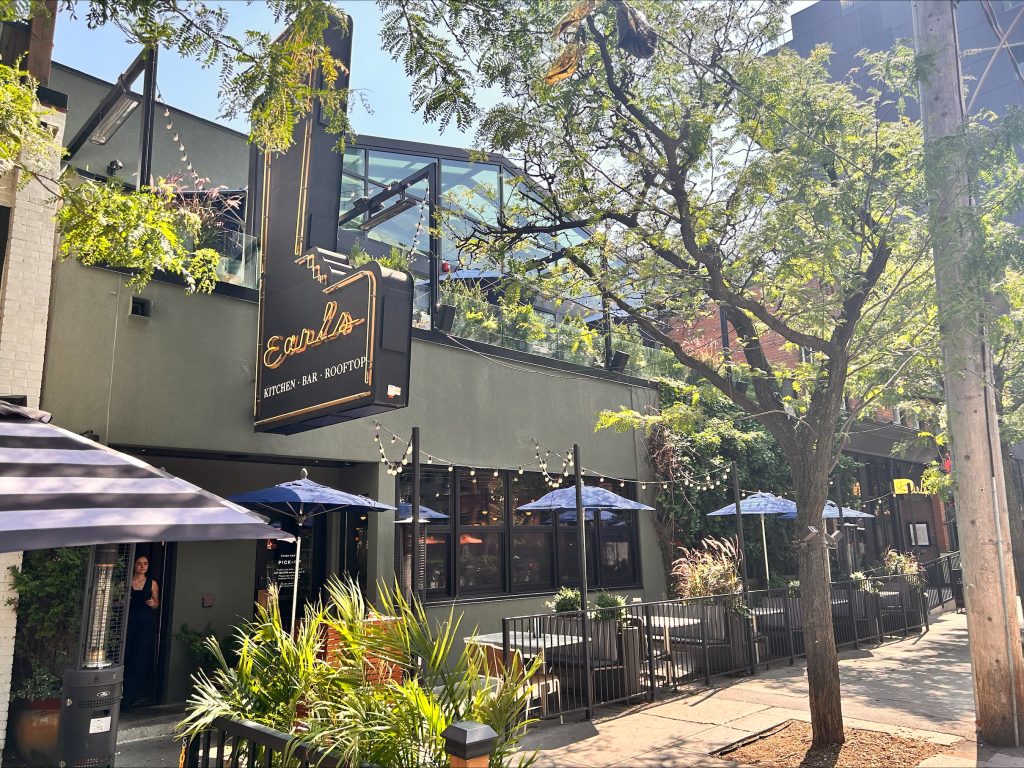Inmate walks out of London-area detention centre, pretending to be his cellmate
Posted July 23, 2015 9:50 pm.
Last Updated July 24, 2015 12:05 am.
This article is more than 5 years old.
Fourteen inmates have been “improperly released” from Ontario jails so far this year, and 19-year-old Justin Kunz is one of them. Remanded in custody since his November 2014 arrest on gun and drug charges, Kunz walked out of the Elgin-Middlesex Detention Centre (EMDC) on Wednesday morning. He pretended to be somebody else.
Sources tell CityNews that Kunz looked a lot like his cellmate, who was due to be released on July 22.
They say he shaved his head to complete the disguise. Kunz allegedly threatened his cellmate to remain quiet when correctional officers came to the cell Wednesday. According to London police, he then took on his cellmate’s name and left the jail disguised as the man scheduled for release. Correctional officers didn’t learn of the error until the cellmate spoke out.
“They see our protocols, they see our routines and if they think they can take advantage of it, potentially, they will,” explains Monte Vieselmeyer, a correctional officer and chair of the Ontario Public Service Employees Union (OPSEU) corrections caucus. “Especially some of the (inmates with) more serious charges, that pose an even greater threat to the safety of the public,” he adds.
According to statistics from the Ministry of Correctional Services, about 19 inmates are improperly released in Ontario every year.
“The improper release of any inmate from a correctional facility is unacceptable and the Ministry takes its responsibilities in this area very seriously,” Ministry spokesperson Brent Ross said in a statement. He also said Kunz’s misrepresentation wasn’t an escape, instead calling it an “improper release.”
“To date no one has ever escaped on their own or with the help of others, from the EMDC,” Ross adds. However, there have been four exits the Ministry does classify as “escapes” over the past eight years. It is unclear what differentiates an “impersonation leading to release” from an “escape.”
Although the Central East Correctional Centre in Lindsay uses data bracelets to track inmates, all other institutions in Ontario rely on visual and oral confirmations for inmates’ releases. Managers – not correctional officers – complete the process.
“They’ll ask specific information like your birthday and such, but also more specific matters like the name of your probation officer and your last court date,” Vieselmeyer explains. They also verify the inmate’s admission photo, which is often in black and white. “The colour ones are obviously a little more appropriate to see specific details,” says Vieselmeyer.
OPSEU’s corrections caucus has been lobbying for biometric scanners like those used at airports. “The cost involved, the government doesn’t want to take it on,” Vieselmeyer says.
Ross confirms there are no plans to implement the technology. Criminal lawyer Ari Goldkind agrees with the government’s position.
“Jails are behind the times in every single way, shape and form. But it may be like bringing an Uzi (machine gun) to a fistfight,” Goldkind says.
“If this happens every day throughout Ontario, that’s one thing. But if it’s as rare as I believe it to be, with isolated situations where two men really look alike and can really pull the wool over sergeants and officers… then I’d rather the money go to keeping people out of jail,” he adds.
Ross says an internal investigation has been launched to determine how this happened and whether “any actions are required to ensure it does not happen again.”
Kunz remains at large and London police have issued warrants for his arrest. He now faces three new charges, including being unlawfully at large, uttering threats and impersonation. He was expected to make a court appearance on July 27.








